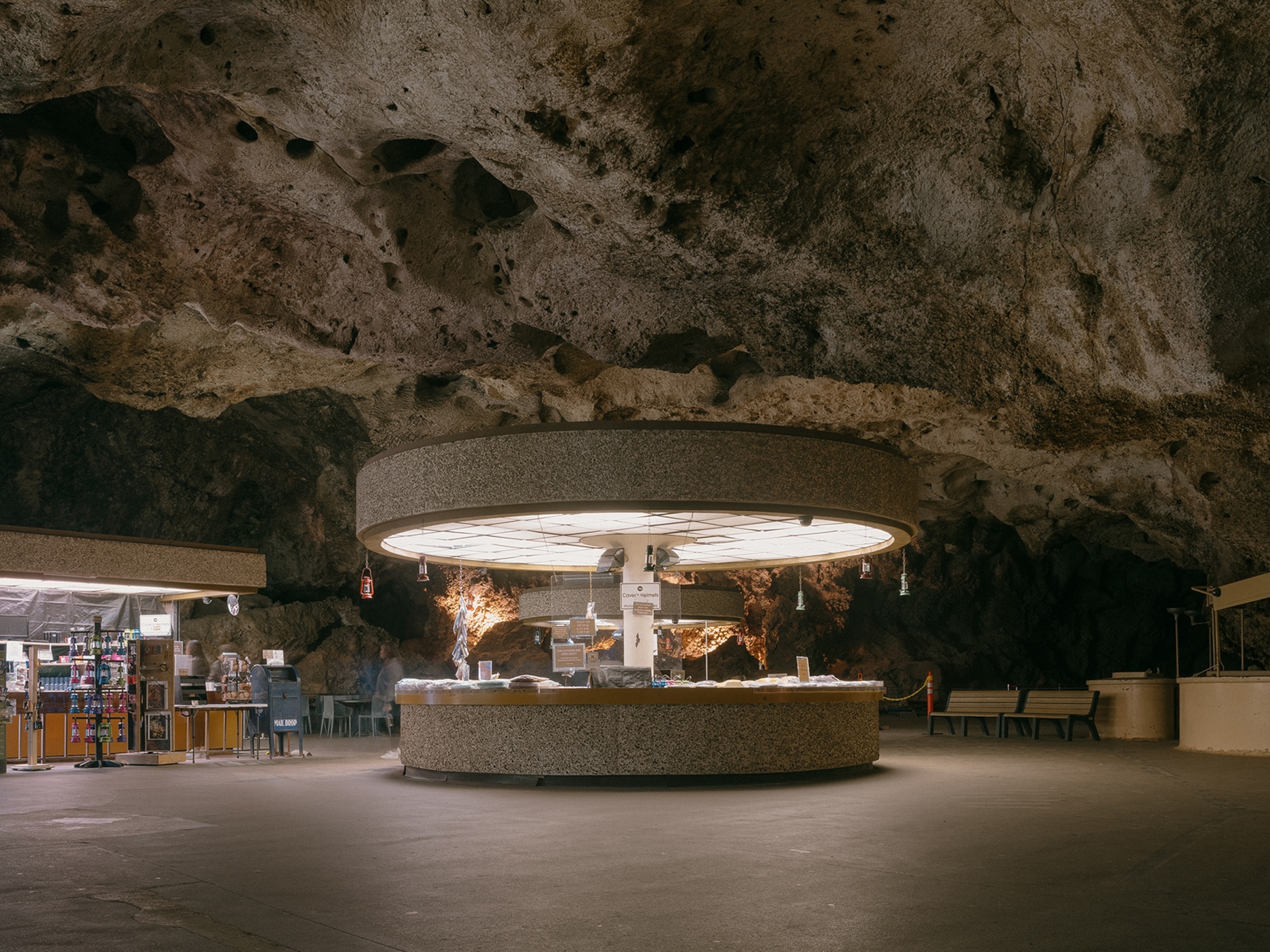
What a huge lily pad can teach us about building design
Giant Amazonian lily pads are the world’s largest and strongest floating plants. How they’re built is inspiring real-world structures from skyscrapers to wind turbines.
The giant Amazonian water lily has long fascinated scientists, architects, and artists for its beauty and sheer size. Yet how the lily’s leaves are able to grow as large as 10 feet across, strong enough to support the weight of a small child, has remained a mystery—until now.
A team of British and French scientists studying the mechanics of those giant leaves have documented a network of branching, girder-like veins optimized for strength and structural support. Their research, published in February in Science Advances, could transform what Chris Thorogood, the deputy director of the Botanic Garden & Arboretum at the University of Oxford, calls “a big botanical enigma” into a guide that could inspire better engineering and design in buildings, particularly in floating structures.
“What we showed through our empirical experiments and mathematical modeling was that these leaves are uniquely strong and have rigid flexibility that enables them to grow really big,” says Thorogood, who was the senior author of the study.

Inspiring veins
From above, the leaf of an Amazonian water lily resembles a large green dinner plate with an upturned rim. The source of both its beauty and its brawn is seen only from below..
“When we pull the leaves out of the pond here, and the public see them, they actually gasp at the beauty of the leaves,” Thorogood says. “They're astonishingly beautiful.”
The underside of the leaf is entirely covered with a fractal network of spiny veins that radiate out from the central stem. The main veins become thinner and divide into branches as they approach the rim of the leaf. They are crossed at regular intervals by other veins that form concentric circles and are unique to this genus of water lily. The overall effect is striking: an intricate web of yellow veins against the dark green or red of the leaf. (There are two sister species of giant water lily with different colors on the underside.)
The giant lily was discovered by British explorers in South America in 1801. It quickly gained popularity in Victorian England, where its genus name, Victoria, was given in honor of the young Queen Victoria, and the plant became a symbol of the British Empire.
But it became more than a symbol as botanists repeatedly attempted to cultivate it in captivity. “It was an obsession,” writes Tatiana Holway in her book, The Flower of Empire. “Absorbing some of the most eminent and enterprising men of the Victorian era, the effort to retrieve this peerless exotic from the equatorial wilds where it grew and to cultivate it in England became an epic quest that captivated the world.”
The British gardener and architect Joseph Paxton was the first to successfully cultivate the giant water lily. It inspired his design of the Crystal Palace, a London landmark of cast iron and glass that was built for the Great Exhibition of 1851 (and later destroyed by fire).
“Nature was the engineer,” Paxton said in an 1850 address to the Royal Society of Arts. “Nature has provided the leaf with longitudinal and transverse girders and supports that I, borrowing from it, have adopted in this building.”
Paxton had an intuitive grasp of the lily’s strengths—but only now have Thorogood and his colleagues worked out the mechanical details.
Putting a leaf to the test
Dressed in waterproof waders, the researchers climbed inside the large, heated pond at the Oxford University Botanic Garden to experimentally measure how the leaves respond to weight.
“Oh my God, I've been looking for this opportunity to climb in a pond and poke a water lily,” says Finn Box, a fluid mechanics researcher at the University of Manchester and the study’s lead author. “It was great fun.”
To grow as large as ten feet across, far larger than any other water lily, the Amazonian water lily needs to be strong. The tissue of the leaf between the veins is only about a millimeter thick. The water the leaf floats on supports its weight, but it needs to withstand the rainfall from a tropical storm or the weight of a bird walking across it without being shredded and submerged.
“Once a leaf is submerged then it’s going to lose its space at the surface where it can photosynthesize,” Box says.
The Amazonian water lily’s secret is its prominent vascular system, a biological innovation that smaller water lilies lack: They resemble flat disks with thin, barely noticeable veins.
Box and his colleagues measured the lily’s strength through a series of stress tests. First, they detached a meter-long water lily leaf from the stem anchoring it to the mud below and dragged the leaf to the pond’s edge. They carefully avoided the fierce centimeter-long thorns that cover the underside and protect the leaf against nibbling fish.
With a camera, they recorded how much each leaf was indented and deformed when they pressed on it or placed a weight on it. Such stress tests showed that the Amazonian water lily leaves were orders of magnitude stiffer, and consequently stronger than the smaller leaves found on other, more commonplace lily species.
Using computer models and a 3-D printed test sample, the research team tested their hypothesis for how the Amazonian plants do it. They found that the giant lily’s branched veins, which start out very thick near the center and taper toward the edge of the leaf, distribute the weight of the leaf evenly. They stiffen and support the leaf while allowing it to rebound elastically when it is deformed, say, by the foot of a bird—and they do so in a very efficient way.
What’s in it for the water lily—and for us
The Amazonian water lily thrives in seasonally flooded parts of the Amazon Basin, where it has about six months to grow before the water disappears again. During that period, its giant large leaves allow it to soak up the maximum amount of sunlight.
The veins girding the leaves essentially allow the water lily to cover more surface area for photosynthesis while using less biomass. By comparison, ordinary leaves of smaller common lilies simply could not bear as much weight.
“The bigger your surface area, the more photosynthesis you can do,” says Box. “That economy between plant matter and the ability to photosynthesize is obviously important to them.”
Humans have already developed biomimetic applications inspired from plants, such as Velcro from burdock plant burrs and self-cleaning surfaces from lotus leaves. Insight from a large, floating leaf is not so far-fetched; in addition to improving design of floating structures, it could unlock new cost-effective designs for offshore wind turbines or even floating “seastead” societies. In 2008, Belgian architect Vincent Callebaut designed a floating city based on the giant lily leaf’s structure called “Lilypad—a Floating Ecopolis for Climate Refugees.”
“Maybe the thing we engineers can take is: ‘hey, has anybody ever thought about branching girders or girders that have varying cross-sections?’” Box asks. “I suppose maybe you've made progress when you have to come back to your own world and think about some of the things that you've encountered while you were over in the biological world.”
There is something poetic to the idea of humans one day using solar panels floating placidly on an Amazonian water lily-inspired platform to collect as much sun as possible— just as the plant has done for millions of years.
“It's a similar idea,” Box says. “So why can't we learn from natural examples that have evolved an optimal solution?”








